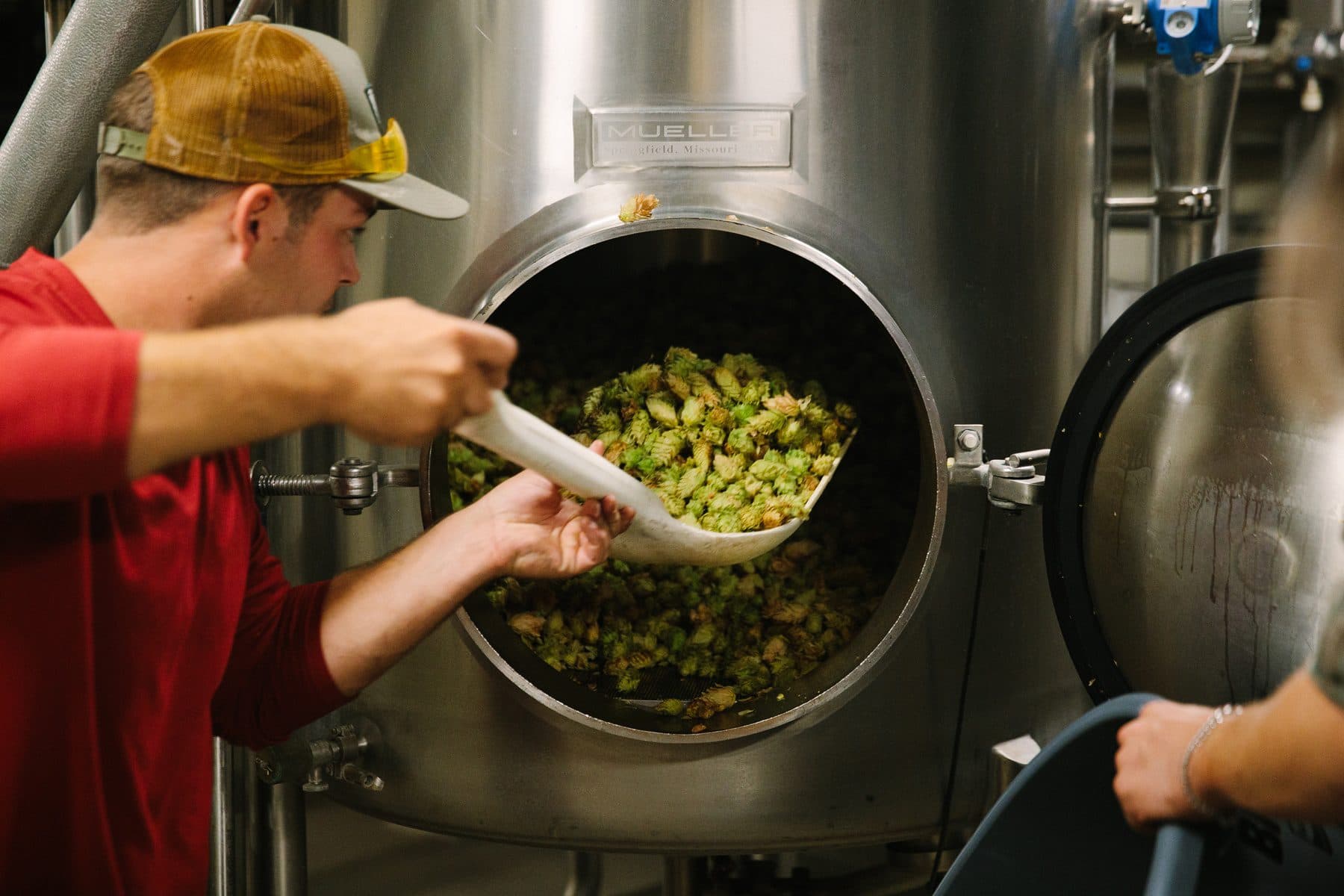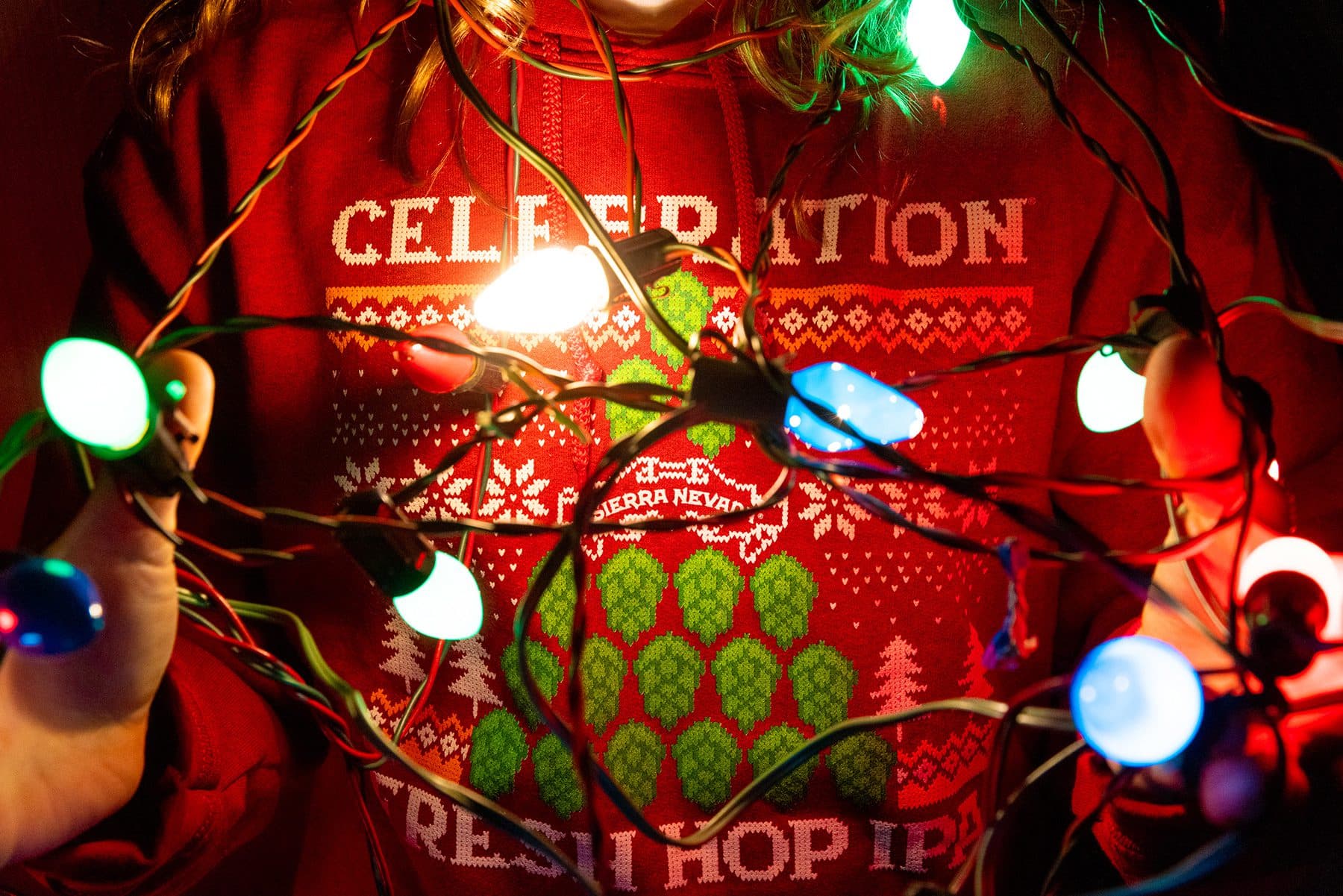
Despite “IPA” standing for India Pale Ale, the English haven’t historically chosen an IPA as the beverage of choice to accompany our bhajis or vindaloos. What exactly is — or rather was — an IPA? This was a beer style that was brewed to relatively high alcohol content and comparatively high bitterness, both of which increase the ability of the beer to survive a sea passage around the Cape of Good Hope (no Suez Canal in those days) as the beer was shipped from Britain to India. By “survive” I mean avoid the growth of bacteria. Plenty of wild yeasts, including Brettanomyces with its barnyard flavors, would have likely grown in the ale. Oh — and those beers would not have had an intense hoppy nose (dry hop character). Latter day IPAs are very different, and far more diverse.
What is IBU
Bitterness is, of course, quantified by International Bittering Units (IBU). This is a measure developed by a US brewing scientist by the name of Mortimer Brenner. Mort’s method was basically to extract the bitter substances (the iso-alpha-acids) from beer using a solvent and then measure them by assessing how much ultraviolet light they absorb at 275 nanometers. Multiply by 50, and now you have IBU. Some products have very little — but despite claims to the contrary, you cannot get above 100 IBU. The bitter molecules just are not sufficiently soluble.
Most of the hops that the brewing industry uses in this country come from Yakima in Washington State. A much smaller amount comes from Oregon, and a relatively tiny quantity is from Idaho. (Hops used to be quite a significant crop in the Sacramento region.) Idaho, of course, is much better known for malt (it is the State that grows the most malting barley) and potatoes.
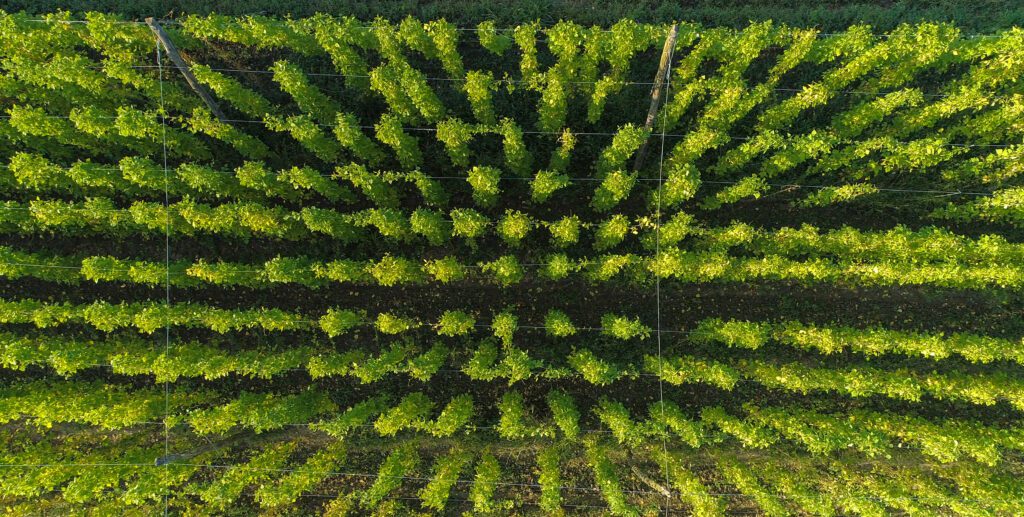
Imperial Stouts
The English certainly exported a lot of beer, including to the courts of the Tsars and Tsarinas of Russia. Hence Imperial Stout. The word Imperial these days signifies high alcohol generally — hence newer styles like Double Imperial Pilsner and the like.
Ice Beer
Of course, the strongest beers around are those that are concentrated by freezing them. When you freeze beer, the first thing to form are chunks of pure water as ice. Thus, the alcohol is concentrated in the rest of the liquid. The Germans have known about ice (eis) brewing for many years.
Back in the 1980s there was a lot of interest in this so-called freeze concentration, the idea being that you could concentrate beer, then ship the lower volumes at a reduced cost, finally diluting the product to sales strength in the bar, just like you can make up a soda by blending a bag-in-box concentrate with fizzy water in the bar. Canadian brewers tried this, but initially it did not pan out for several reasons. Years later, however, the idea of ice beer persisted, pointing to a history of Canadians putting their bottled beer on the window ledges in the snow, letting water freeze out and then decanting a more warming (should we say) beverage. So, the freeze concentrator came out of cold storage (groan) and set about making the merest hint of ice crystals in the beer post-fermentation, just to say that ice was made. Once filtered and packaged, a whole new beer genre was developed.
Inside the Fermentation Process
Another way to make stronger beers is, of course, to add some extra sugar to the boiling kettle, thereby boosting the fermentability of the wort and allowing the yeast to make a ‘bigger’ beer. The Trappists of course use candi sugar, which is a form of sucrose. This sugar consists of two building blocks (glucose and fructose) linked together. To use it, the yeast needs to split the sugar into its component parts and it does this using an enzyme that it releases out of the cell to do the job. The enzyme is called invertase.
If you ferment stronger worts you tend to produce more isoamyl acetate, the substance that gives the banana-like flavor to beers like Bigfoot.
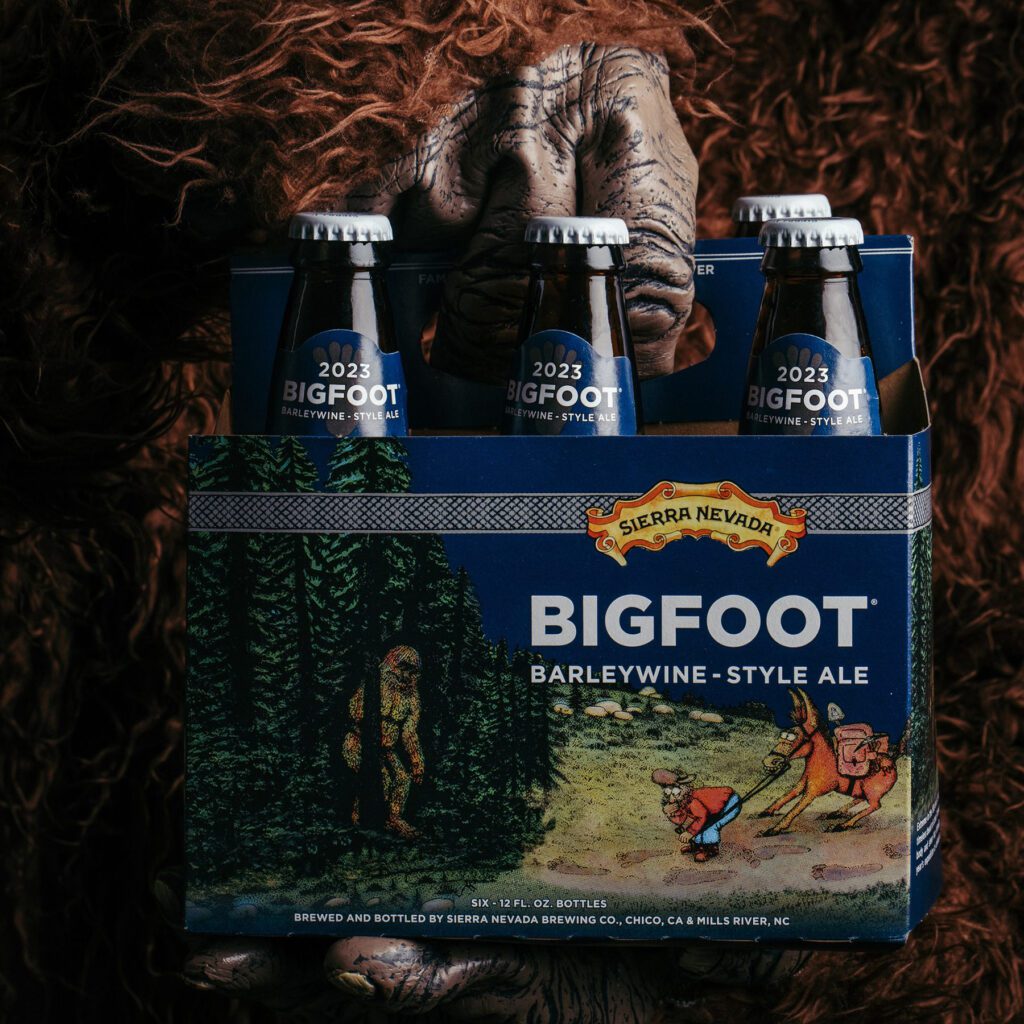
Most of the fermentable sugars, of course, are produced in the mashing stage, by the breakdown of starch. Most mashes are conducted in a single vessel and this is called infusion mashing. We test whether the starch has been broken down using iodine: a blue color signifies that there is still starch present.
Starch is one of the materials that can make beer appear turbid (which is often a desirable feature these days!). However, I am old school and was brought up to seek to remove insoluble material throughout the process. In the boiling stage, material is precipitated and we can quantify how much insoluble material is produced and how settleable it is using an Imhoff cone.
The settling of solids in the whirlpool can be aided by a carbohydrate that comes from seaweed in Ireland and this is called carrageenan or Irish Moss.
Invisible Haze
The funny thing about hazes is that you cannot always see them. Thus, we have invisible haze. It is all because of how you measure haze instrumentally. You shine light into the beer and measure how much light is scattered and can be captured at right angles (90º). The more scatter, the more particles are present to have done the scattering. The problem is that you can have some tiny particles in the beer (perhaps from malt, perhaps from yeast) that scatter a lot of light, but our eyes cannot detect them.
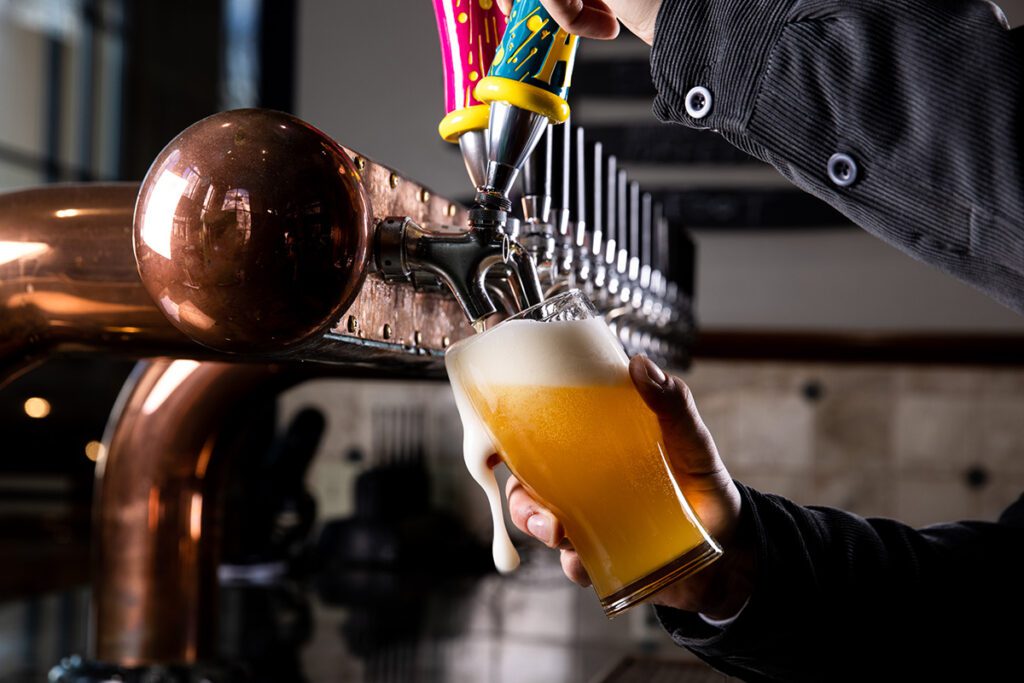
Again, we see how complex the whole business of brewing is. It is a process that was of course revolutionized in the Industrial Revolution, passing from a domestic activity to something occurring in ever larger companies, fueled by steam-driven engines, producing beer that was shipped by railways ever bigger distances. But, of course, all this was informed by advances in science and technology that were championed by several organizations, including what is now known as the Institute of Brewing and Distilling (IBD) headquartered in London, of which I am proud to have once been President. A few years ago, we held a well-attended Young Scientists Symposium in Chico, thanks to the generosity of a certain company.
– Charlie Bamforth
